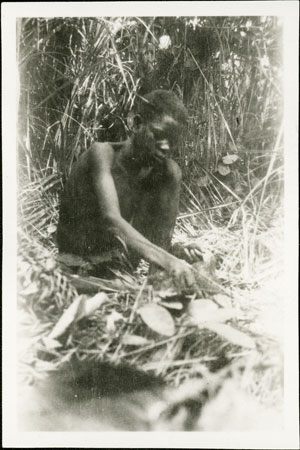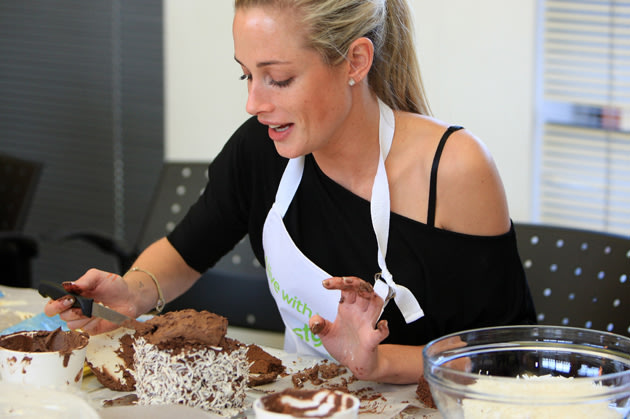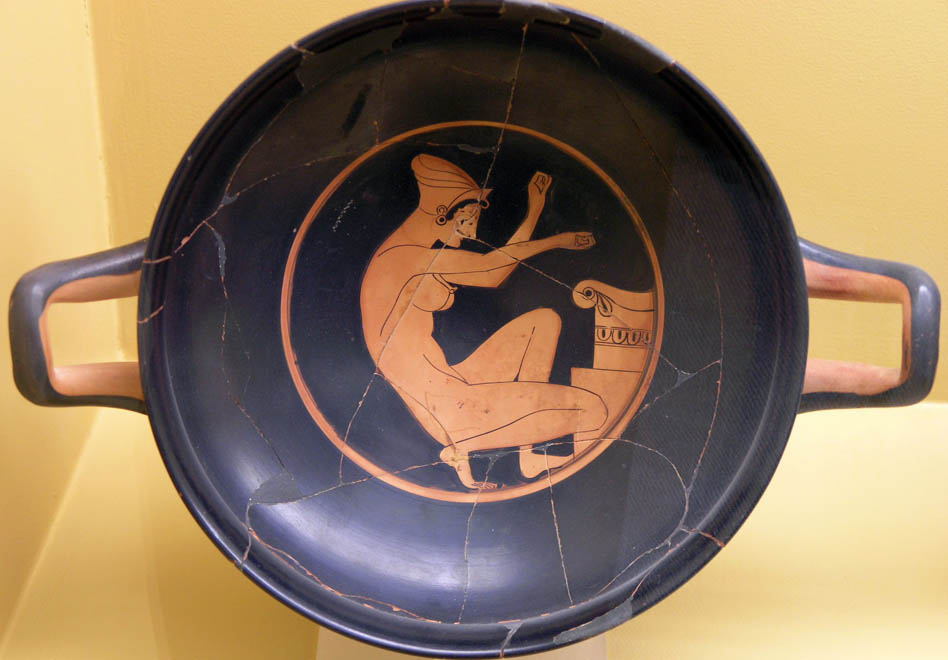 In my first bone post I wrote a pretty safe introduction to the Etruscans, their world and the wonderful things they made. I alluded to a couple of inconsistencies in the way the Etruscans are presented in the modern world, and promised to address these later in another blog post. I've actually decided to go ahead and make this into a series for the blog- there are just so many to deal with!! The title for this post is inspired by perhaps the biggest Etruscan website on the internet- mysteriousetruscans.com Now, I have no problem at all with popular Etruscology. The website is actually pretty good! It has a tonne of pictures, some lovely guides to different tomb paintings at Tarquinia, and is a fun introduction to the Etruscans. But there are two things I find difficult, both on that website in particular, and in the majority of presentations of the Etruscans. I'm going to address the first one in this post, and the second in the next "Bone" post.
In my first bone post I wrote a pretty safe introduction to the Etruscans, their world and the wonderful things they made. I alluded to a couple of inconsistencies in the way the Etruscans are presented in the modern world, and promised to address these later in another blog post. I've actually decided to go ahead and make this into a series for the blog- there are just so many to deal with!! The title for this post is inspired by perhaps the biggest Etruscan website on the internet- mysteriousetruscans.com Now, I have no problem at all with popular Etruscology. The website is actually pretty good! It has a tonne of pictures, some lovely guides to different tomb paintings at Tarquinia, and is a fun introduction to the Etruscans. But there are two things I find difficult, both on that website in particular, and in the majority of presentations of the Etruscans. I'm going to address the first one in this post, and the second in the next "Bone" post.
The first one? Clue's in the name. Mysterious Etruscans. It's a hook, a meme, a trope. It ends up with (I swear I'm not making this up) people alluding on Twitter to the Italian election results as being as mysterious and impenetrable as the Etruscans!!! It influences reconstructions of Etruscan life, like this rather sultry and spooky image above*. It also results in crazy, hysterical films such as The Etruscan Kills Again (L'Etrusco uccide ancora).
Why has this stereotype evolved? Well, as far as I can gather, there are four key features which make the Etruscans so supposedly "mysterious."
The first of them is the fact that the Etruscans are commonly thought to have just plain old disappeared. Roman action during the conquest of Etruria is conceived of as a cultural and physical genocide, with Etruscan culture dying out forever, leaving a tempting glut of so-called "lost" knowledge. It seems, however, that the Etruscans were actually absorbed into Roman culture, rather than wiped out. One of the most famous Etruscan artefacts, the Piacenza liver, used for the quintessentially Etruscan activity of fortune-telling, dates from the second century BC- long after the Roman conquest. It was (according to legend) an Etruscan haruspex or fortune teller who told Julius Caesar not to go to the Senate on the fateful Ides of March. Togas, gladiators, lituus staffs- all Roman objects with an Etruscan origin. However, it is in the Roman adoption of Etruscan objects, and interest in Etruscan culture, that I think the presentation of the Etruscans as mysterious begins- the Emperor Claudius commissioned a study of Etruscan religious belief, suggesting that by the first century AD, after a long period of assimilation, Etruscan and Roman identity had become one and the same, prompting interest in the recovery of the former. So, treating the Etruscans as mysterious has a long heritage!
 |
| Azande oracle |
This Otherness is the third reason for the presentation of the Etruscans as mysterious. Developed out of the work of Hegel, Husserl, Lacan and Levinas, the Other is the opposite to the Self, or the Same. Etruria was always the Other- to Rome, and, prior to that, to Greece. The Etruscans were a source of disgust and fascination to both cultures- the two central sources which informed the Renaissance, and shaped our modern Western world. As heirs to the classical legacy, we have also inherited the biases of Greece and Rome: the Etruscans are firmly Other to their Same. Women dine with men, animals are not sacrificed but cut open to view the entrails, children do not know who their parents are- Etruria is presented as a topsy-turvy land of contradiction by both Greeks and Romans. The same sense of mystery and fascination visible in classical texts which speak of the Etruscans is continued both in popular and academic literature. The response to this is often a fascination with a people who appear far "freer" than their uptight, influential, contemporaries:this seems to be a central feature of interest in the Etruscans, an interpretation particularly visible in the work of D.H. Lawrence (on whom more another day).
.jpg/400px-Lanena_knjiga_(Liber_linteus_Zagrebiensis).jpg) |
| Liber Linteus texts, image wikimedia commons. |
The fourth and final reason that we think of the Etruscans as mysterious concerns the same classical texts that tell us how the Greeks and Romans felt about their neighbours. The Etruscans themselves were literate- yet almost their entire literary canon is lost forever. No Etruscan Hesiod, Homer, Plato or Euripides. No Cicero, no Ovid, no Virgil. By writing almost exclusively on linen books, Etruscan authors were almost certain to be burnt, reused or lost over time. The most extensive Etruscan language work in existence is the Liber Linteus- a selection of extracts from a linen book, used to wrap an Egyptian mummy now in Zagreb. There are inscriptions and brief dedications, but the lack of extended literature leaves the Etruscans without a voice in the modern world. Their language, a non-Indo European variant, has still not yet been fully translated, leaving the Liber Linteus only partially understood**. We are left with the fetishised vision of the Greek and Roman Other, and the material culture of the Etruscans themselves- and the former has built up its influence on popular perception over the centuries. Etruscan archaeology can, will and does demonstrate that the Etruscans were so much more than mysterious- but its first task is to overcome the classical biases which have become so deeply engrained in our modern cultural psyche.
* The figure of the woman "lifts a light" on the mysterious beings inside, while the figures are all focused on the viewer rather than their activities or companions. The whole image has the sense of a secret, exclusive party which the viewer is crashing!
** See L.B. van der Meer's Liber linteus zagrabiensis. The Linen Book of Zagreb. A Comment on the Longest Etruscan Text, published in 2007, for more on this.







